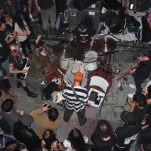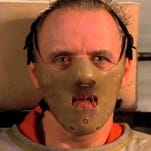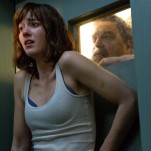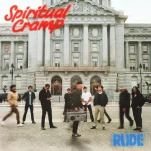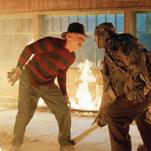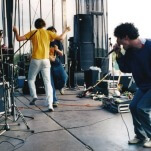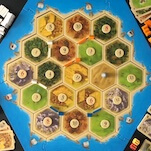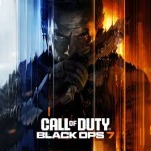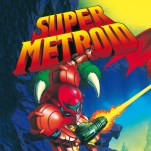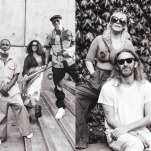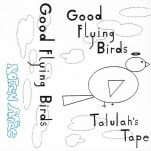Genocidal Organ
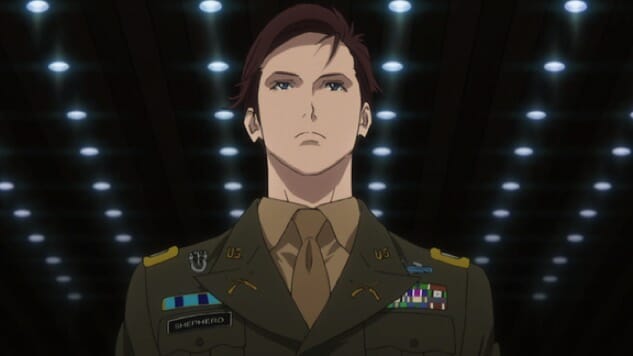
Genocidal Organ, the final installment in the “Project Itoh” trilogy, opens on the site of a real-world massacre. A tour group idles in observance of the “Sarajevo Roses,” a memorial of resin-filled mortar fire craters marked in remembrance of the thousands of civilians who lost their lives during the six-year Siege of Sarajevo—a conflict which, to this day, stands as the longest concentrated assault of its kind in modern history. In the film, this locus of past trauma and catharsis becomes the scene of yet another atrocity, as the lives of Sarajevo’s citizens are once again indiscriminately snuffed out, this time in the immolating hellfire of an atomic bomb. This cycle of barbarism, of history continuously circling back on itself to reprise the horrors of a previous generation, is the thematic fulcrum upon which Genocidal Organ pivots.
Set between 2015 and 2022, Shuko Murase’s adaptation of the late Satoshi “Project” Ito’s debut novel follows Clavis Shepherd, an intelligence officer working at the behest of an international spec-ops unit tasked with pursuing the culprits responsible for the nuclear attack and bringing them to justice. While investigating, Shepherd learns of the elusive John Paul, a mysterious power broker whose machinations have instigated a swath of civil unrest and genocide across the world. As Shepherd’s team hunts John Paul from one war zone to the next, he begins to question the efficacy of his actions, and of whether or not the impulse for genocide is writ into the collective psyche of humanity itself.
-

-

-

-

-

-

-

-

-

-

-

-

-

-

-

-

-

-

-

-

-

-

-

-

-

-

-

-

-

-

-

-

-

-

-

-

-

-

-

-





